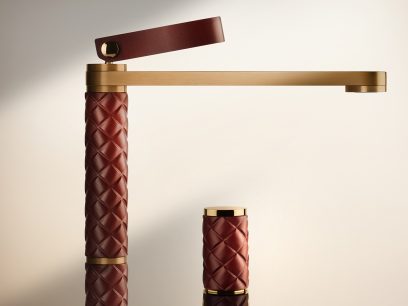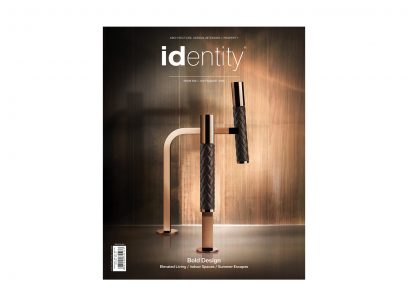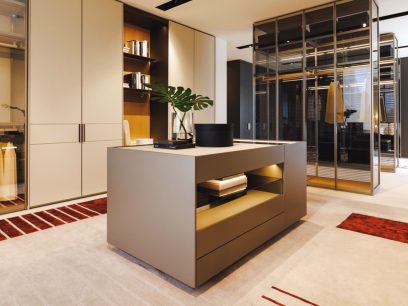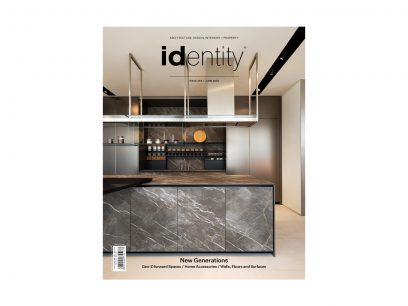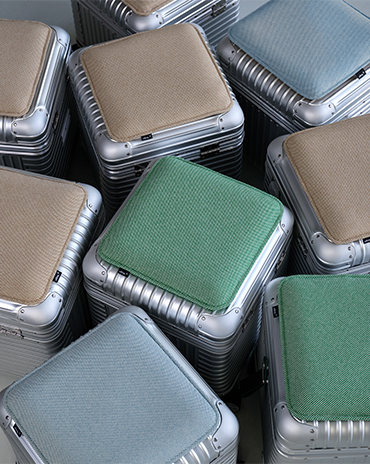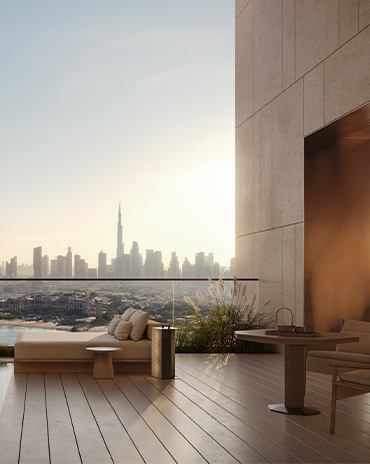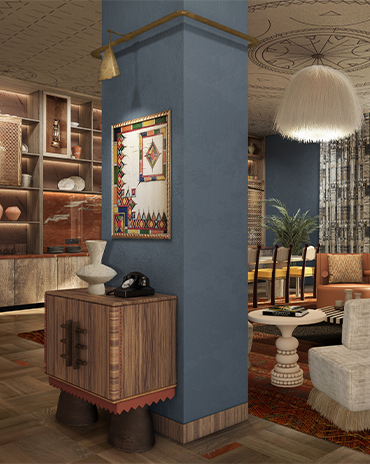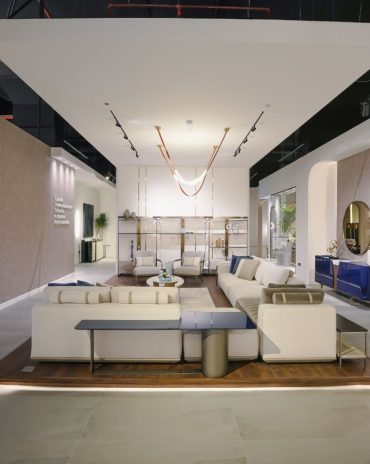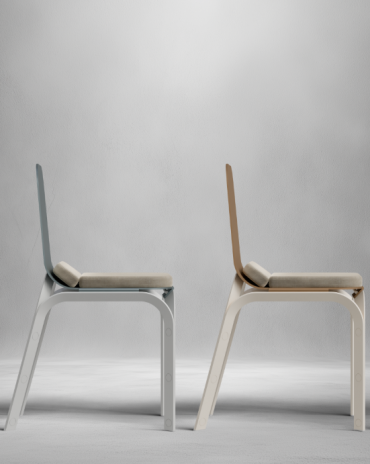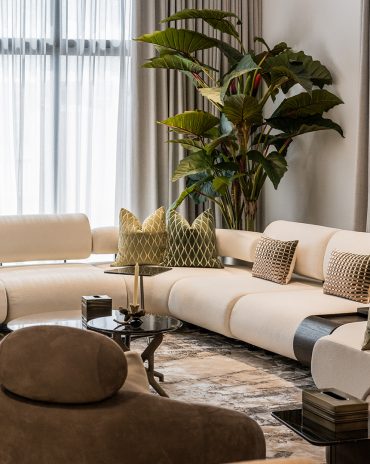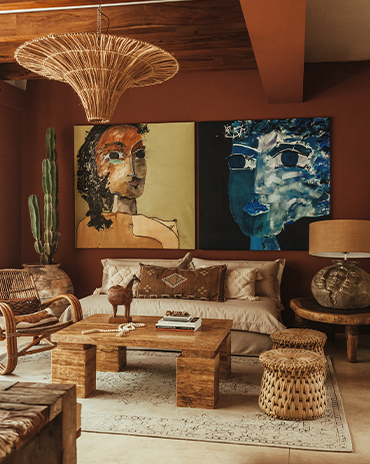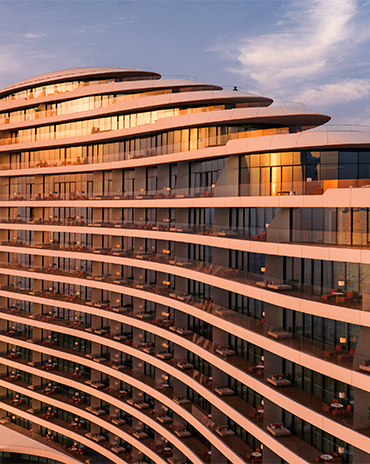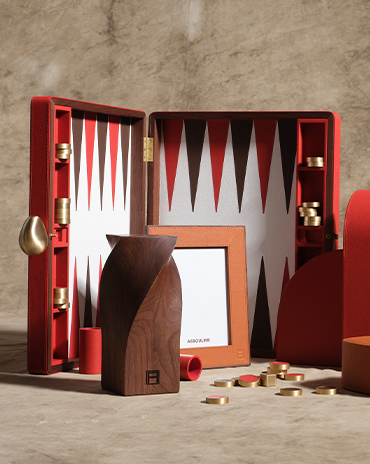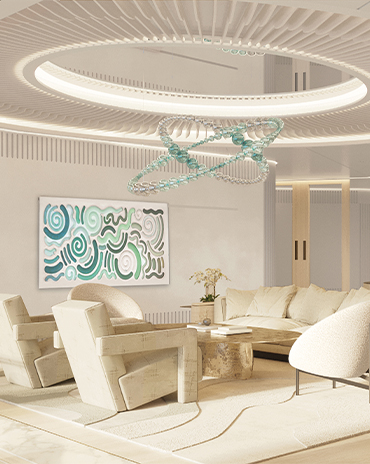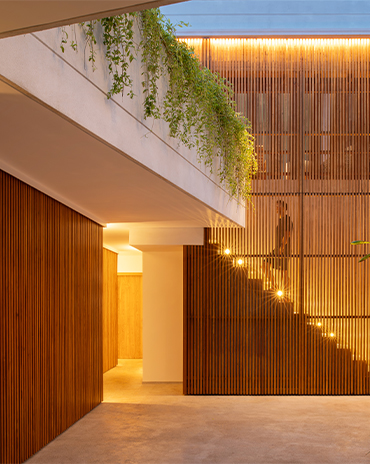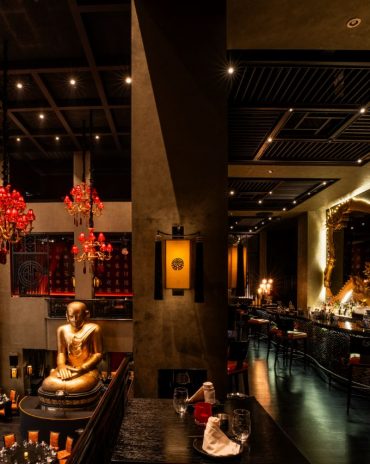Copyright © 2025 Motivate Media Group. All rights reserved.
Solum: Designing Simplicity and Self-Sufficiency
Near the South Indian city of Mysuru is Solum, a unique earth-sensitive family home designed by Thomas Parambil Architects
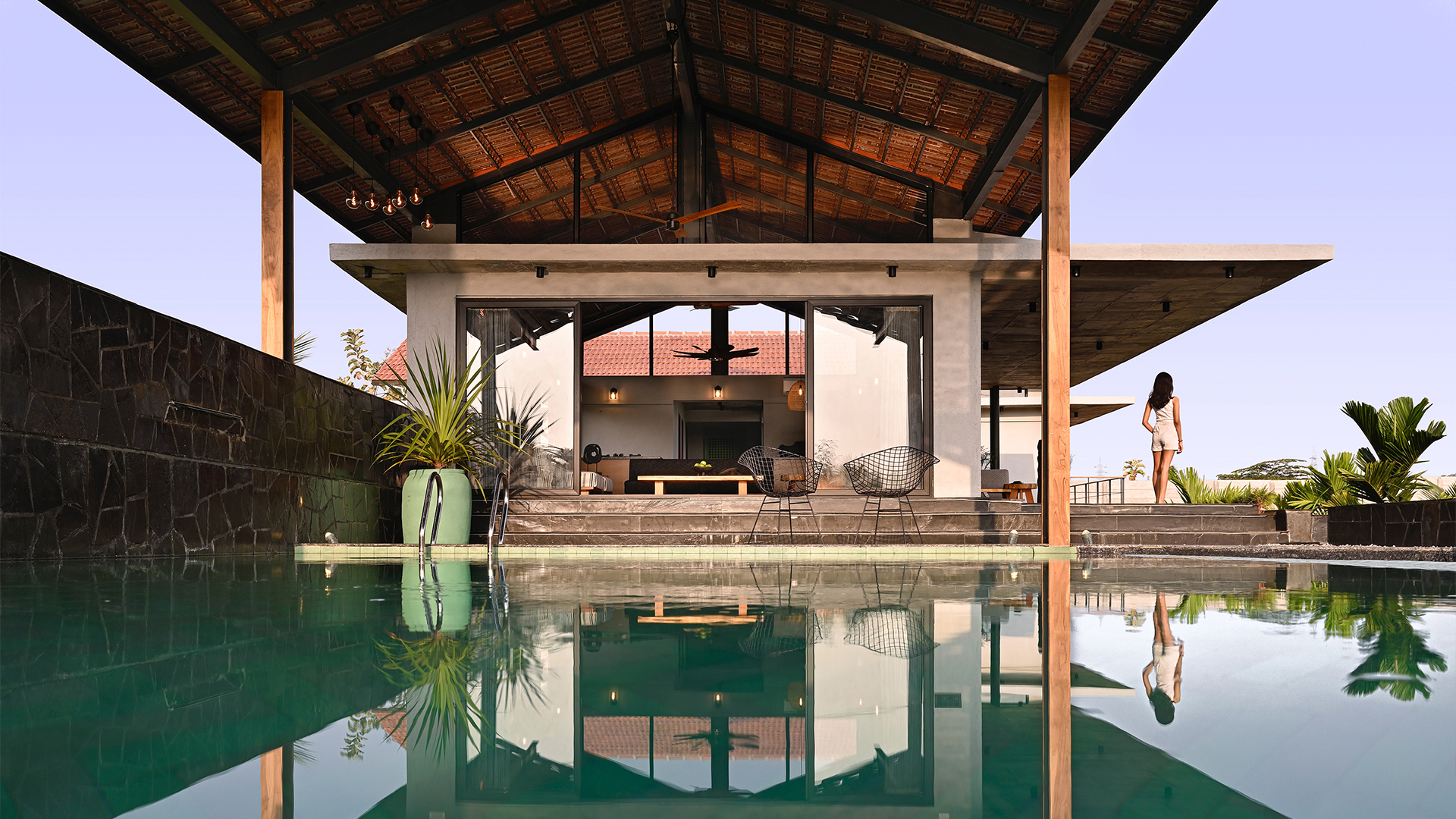
The endeavour, right from the outset, was to create an architectural presence that seemed to have taken root naturally in the coconut and Areca palm-studded lushness, rather than being something artificially placed or planted,” explains Thomas Parambil the Principal Architect behind the design of Solum, a striking 375-square metre single-storey family home in deep sympathy with the surrounding landscape. Solum is the realisation of one client’s dream to create a rural escape and a “living example” of an agricultural way of life for his children. “The COVID-19 pandemic served as a catalyst for this dream, when the need for such a getaway became crucial and relevant,” elaborates Parambil.
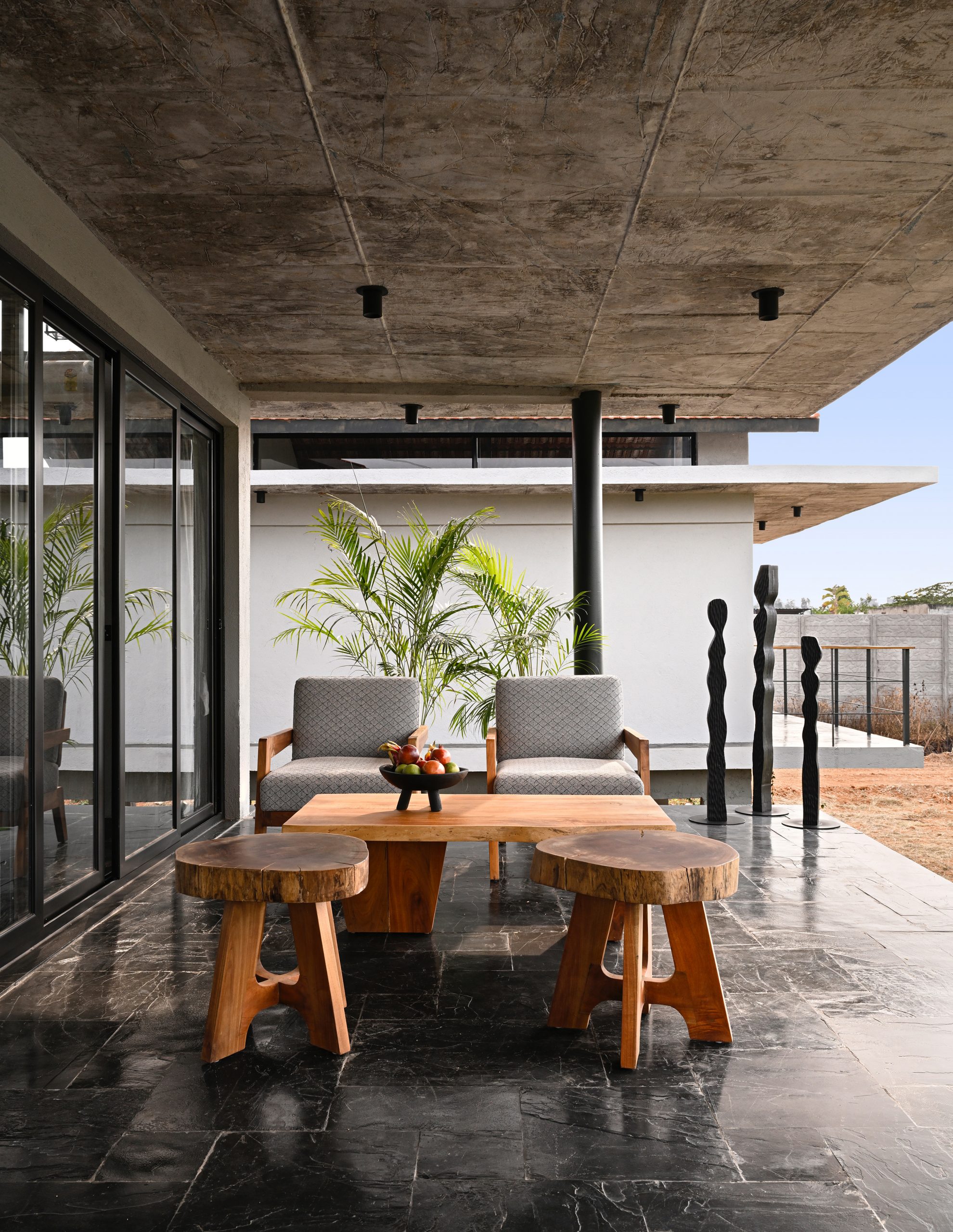
Solum embodies a new approach to traditional farmhouse living. The expansive property is characterised by a bold modernist aesthetic featuring extensive glazing, clean lines and an open structure. A dramatic angled roof acts as a visual nucleus as well as a practical canopy, sheltering the main deck and swimming pool. The roof makes, in Parambil’s words, “a bold visual and functional statement” and is one of the architect’s favourite aspects of the property. In many ways, this feature is symbolic of the project as a whole. Solum’s overall visual design is one of bold simplicity, with practicality and functionality at its heart. The large, open volumes and floor-to-ceiling windows are intended to create a porous framework that softens the boundaries between the house and its surroundings. This structure creates a space that is filled with light and air. The large windows frame picturesque and uninterrupted views, “making mornings especially beautiful”, according to Parambil. The deep overhangs and canopies supported by slim columns provide shade and shelter from tropical rainstorms.
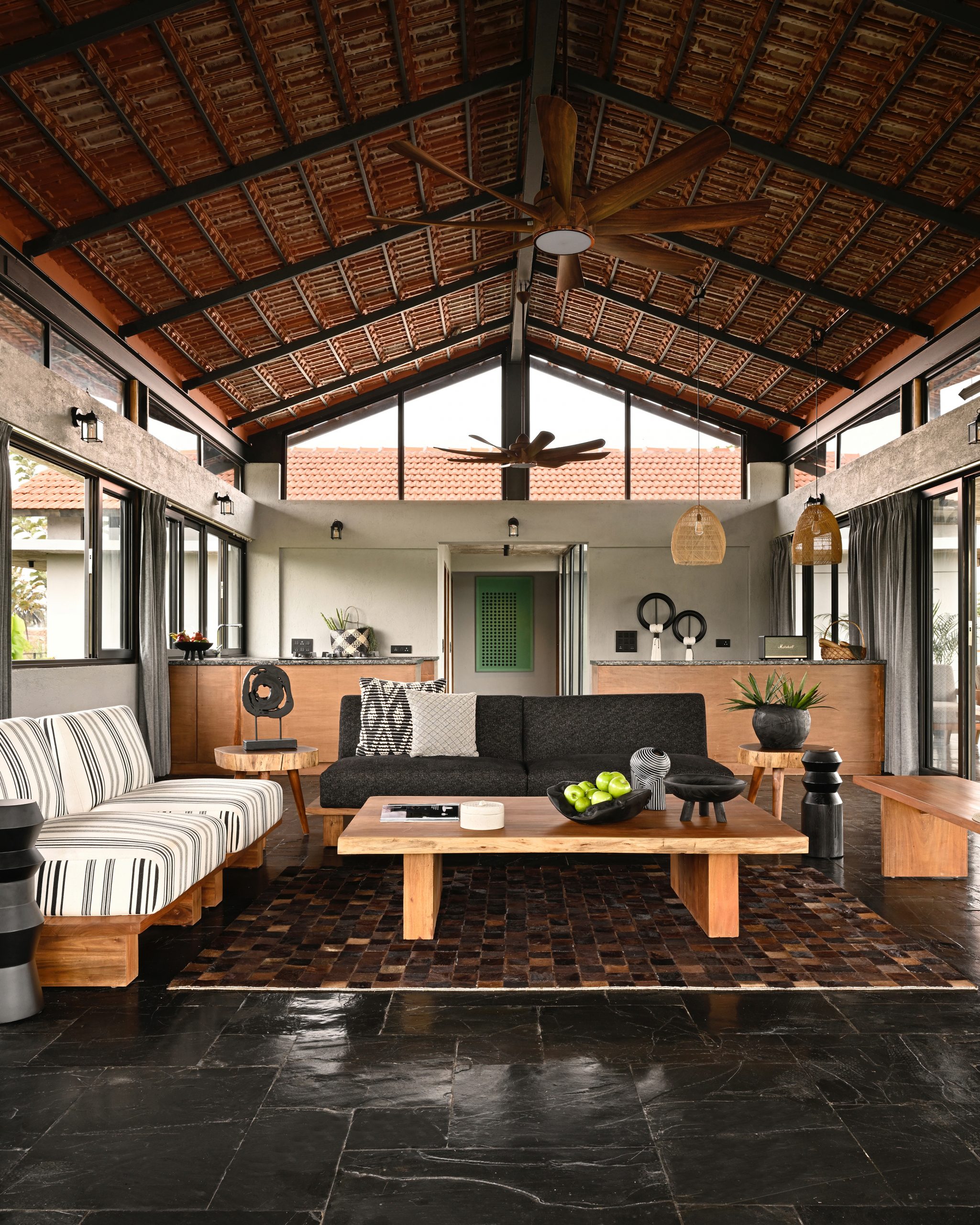
Sustainability is central to Solum’s design, and the family home is entirely self-sufficient. Solar panels have been installed across the property to generate electricity, and the site contains a system for collecting and storing its own water supply. The design team worked to maximise the site’s natural topography, building Solum on the lowermost point of the plot in order to create a natural catchment for rainwater. As Parambil explains, “We turned this challenging site constraint into an advantage by channelling water inlets from different parts of the plot into a canal which then flowed into a large tank.” In addition to the site’s energy efficiency, sustainability informed the choice of materials throughout the property. Locally obtained concrete blocks, terracotta and black stone are celebrated for their integrity and natural texture. “Sourced locally to adhere to this sustainable approach, materials are basic, honest and celebrate imperfections and rootedness,” Parambil explains. The spatial configuration of Solum emphasises communal areas, thereby promoting togetherness and interaction. For example, the continuous east-facing public zone comprises a pool deck, kitchen and living area. There is a focus on communing, both with nature and between inhabitants. Solum answers what Parambil describes as “the desire for a connection to place and an Earth-sensitive lifestyle.” The client’s fondness for the modesty and simplicity of a rural way of life has informed the design at every level, from the functionality of the built form to the natural colour palette and respectfully sourced materials.

Solum represents a new outlook. As Parambil concludes, “This sustainable farmhouse symbolises a significant shift in how we perceive vernacular architecture, providing a progressive approach to embracing eco-friendly activities. It embodies a new age of farmhouse living that is both environmentally responsible and aesthetically appealing.”
Read more interior features here.
The Latest
Designing Movement
RIMOWA’s signature grooved aluminium meets Vitra’s refined design sensibilities
A Sense of Sanctuary
We interview Tanuj Goenka, Director of Kerry Hill Architects (KHA) on the development of the latest Aman Residences in Dubai
Elevated Design
In the heart of Saudi Arabia’s Aseer region, DLR Group has redefined hospitality through bold architecture, regional resonance and a contemporary lens on culture at Hilton The Point
Turkish furniture house BYKEPI opens its first flagship in Dubai
Located in the Art of Living, the new BYKEPI store adds to the brand's international expansion.
Yla launches Audace – where metal transforms into sculptural elegance
The UAE-based luxury furniture atelier reimagines the role of metal in interior design through its inaugural collection.
Step inside Al Huzaifa Design Studio’s latest project
The studio has announced the completion of a bespoke holiday villa project in Fujairah.
Soulful Sanctuary
We take you inside a British design duo’s Tulum vacation home
A Sculptural Ode to the Sea
Designed by Killa Design, this bold architectural statement captures the spirit of superyachts and sustainability, and the evolution of Dubai’s coastline
Elevate Your Reading Space
Assouline’s new objects and home fragrances collection are an ideal complement to your reading rituals
All Aboard
What it will be like aboard the world’s largest residential yacht, the ULYSSIA?
Inside The Charleston
A tribute to Galle Fort’s complex heritage, The Charleston blends Art Deco elegance with Sri Lankan artistry and Bawa-infused modernism
Design Take: Buddha Bar
We unveil the story behind the iconic design of the much-loved Buddha Bar in Grosvenor House.

